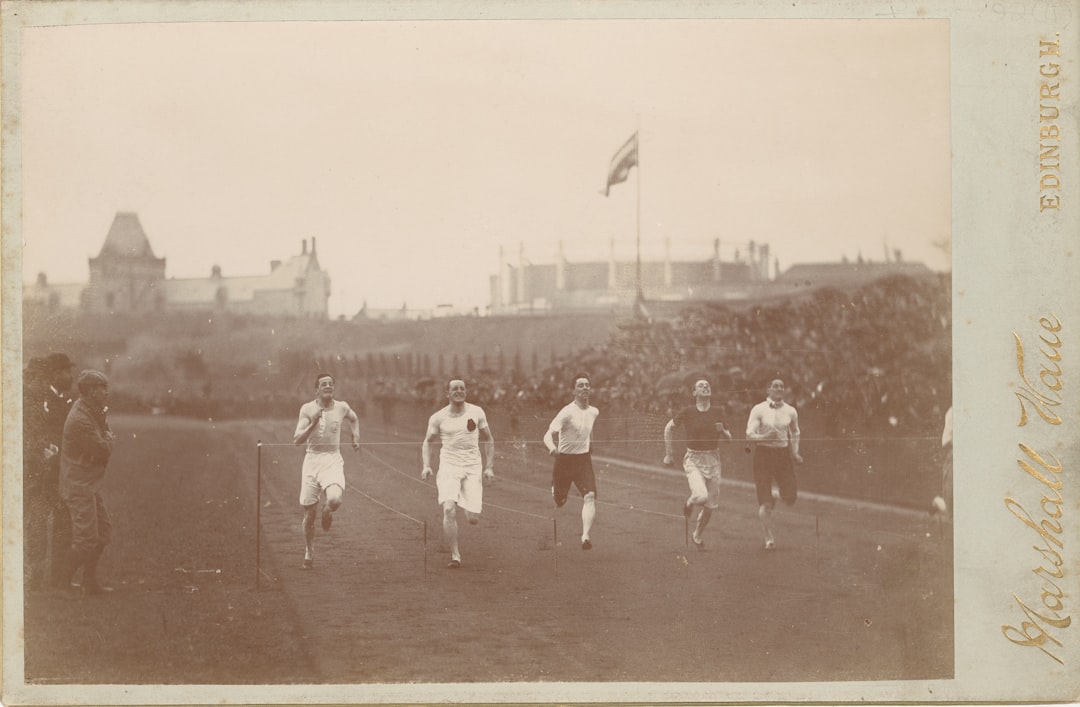If you’re a college football enthusiast or a bettor looking for an edge, accurately predicting Kent State football outcomes can be both thrilling and challenging. Known for their explosive offense and fluctuating performance, the Golden Flashes provide a perfect case study in the art and science of football forecasting. This guide offers a comprehensive, step-by-step breakdown for building a predictive model specifically tailored to Kent State football. Whether you’re a data junkie or just a diehard fan, this process will help you make more informed predictions.
Step 1: Understand the Team’s Historical Performance
You can’t predict the future without understanding the past. Start by gathering historical performance data:
- Win-loss records over the last 5–10 seasons
- Offensive and defensive statistics such as points scored, yards allowed, turnovers, third-down efficiency
- Coaching changes – have there been recent shifts in strategy or leadership?
Looking at how Kent State has evolved over time reveals trends in consistency, areas of improvement, and recurring weaknesses. For example, under former head coach Sean Lewis, the Golden Flashes became known for a fast-paced offense but often struggled defensively.
Step 2: Analyze Current Season Metrics
While historical data helps paint a big picture, current-season metrics are key in short-term predictions. Focus on:
- Scoring averages: Evaluate both points scored and points allowed per game
- Turnover margin: A crucial indicator of overall game momentum
- Quarterback performance: Pay attention to completion rates, passing yards, and interceptions
Utilize official NCAA stats or sites like ESPN and Sports Reference to stay updated. This data helps identify whether the team is ascending, declining, or stagnant over the course of the season.

Step 3: Know the Opposition
Your prediction can’t be team-specific alone—it must consider the opponent. Evaluate:
- Opponent’s ranking and prior matchups with Kent State
- Strength of schedule: Are they coming off a similar or tougher stretch?
- Key injuries or suspensions
For example, if Kent State faces a MAC (Mid-American Conference) rival with a weak pass defense, their strong passing game could be a deciding factor. On the flip side, a top national contender with a well-balanced team might swamp Kent State entirely.
Step 4: Break Down Game Tape
This step goes beyond numbers. Watching recent game footage allows you to assess:
- Tempo and play-calling trends
- Offensive line reliability
- Coverage weaknesses on defense
Visual cues can reveal things that statistics don’t—like miscommunications in the secondary or inefficient blitzing strategies. Football IQ matters here; don’t just watch the ball—study each phase of the game.
Step 5: Adjust for Contextual Variables
Even the best teams can fall flat under certain conditions. Always account for these elements:
- Weather: Rain or snow can drastically affect a passing-heavy team’s performance (which Kent State often is)
- Home vs. Away: The Golden Flashes have historically underperformed on the road
- Motivation: Is the game pivotal for bowl eligibility or a rivalry matchup?
These variables are often overlooked but can be the tipping point in a close game scenario.
Step 6: Utilize Predictive Models and Betting Lines
After pulling all relevant data, plug it into a simple predictive formula or model. Start with:
- Weighted averages of offensive and defensive efficiency
- Turnover and penalty probabilities
- Vegas betting lines and public betting trends
If you’re not into modeling, use free or low-cost prediction tools from websites like TeamRankings or Football Outsiders. Keep in mind these sources factor in a wide array of data many people miss—time of possession, red-zone efficiency, and more.
Step 7: Look for Intangible Factors
Numbers tell a large part of the story, but narratives matter too. Consider:
- Team morale and leadership
- The post-game interviews and press conferences
- Media hype or distractions
Following local Kent State beat reporters on Twitter or listening to pressers can provide key insights into what’s happening beyond the field. Are players healthy but unhappy? Is there tension in the locker room? These often dictate performance.

Step 8: Make Your Prediction
Now it’s time to bring it all together. Use the data and insights you’ve gathered to make your final prediction on:
- Winner and loser
- Final score range
- Betting angles, such as over/under and point spread
Don’t just stop at one prediction. Create multiple scenarios (best case, most likely, and worst case) to stay prepared for in-game developments.
Step 9: Track and Refine
After the game, evaluate the accuracy of your prediction. Ask yourself:
- What worked? What didn’t?
- What variables were most predictive?
- Was the outcome influenced by unforeseen events (injuries, bad calls)?
Refining your process is key to becoming consistent. Maybe you overvalued Kent State’s rushing game or underestimated weather impact. Each week presents a new opportunity to get better.
Bonus Tips for Making Better Kent State Predictions
- Follow recruiting news: Incoming talent can forecast future success
- Watch mid-week MAC games: Midweek exposure provides extra time to evaluate Kent State without distractions
- Join forums and community discussions: Insights from other fans and analysts can provide alternative views
Successful prediction is equal parts science and art. While Kent State may not be the highest-profile team, their vibrant style and occasional upsets make them an exciting and rewarding challenge for football predictors everywhere.
Conclusion
Predicting Kent State football games accurately requires a well-rounded approach that blends numbers, film analysis, context, and emotion. By breaking down your prediction process into these crucial steps, you’ll not only improve your odds but also deepen your appreciation of college football’s finer details. Whether you follow the Golden Flashes out of fandom, curiosity, or betting ambition, this methodology will bring you closer to consistent and informed game forecasts.



